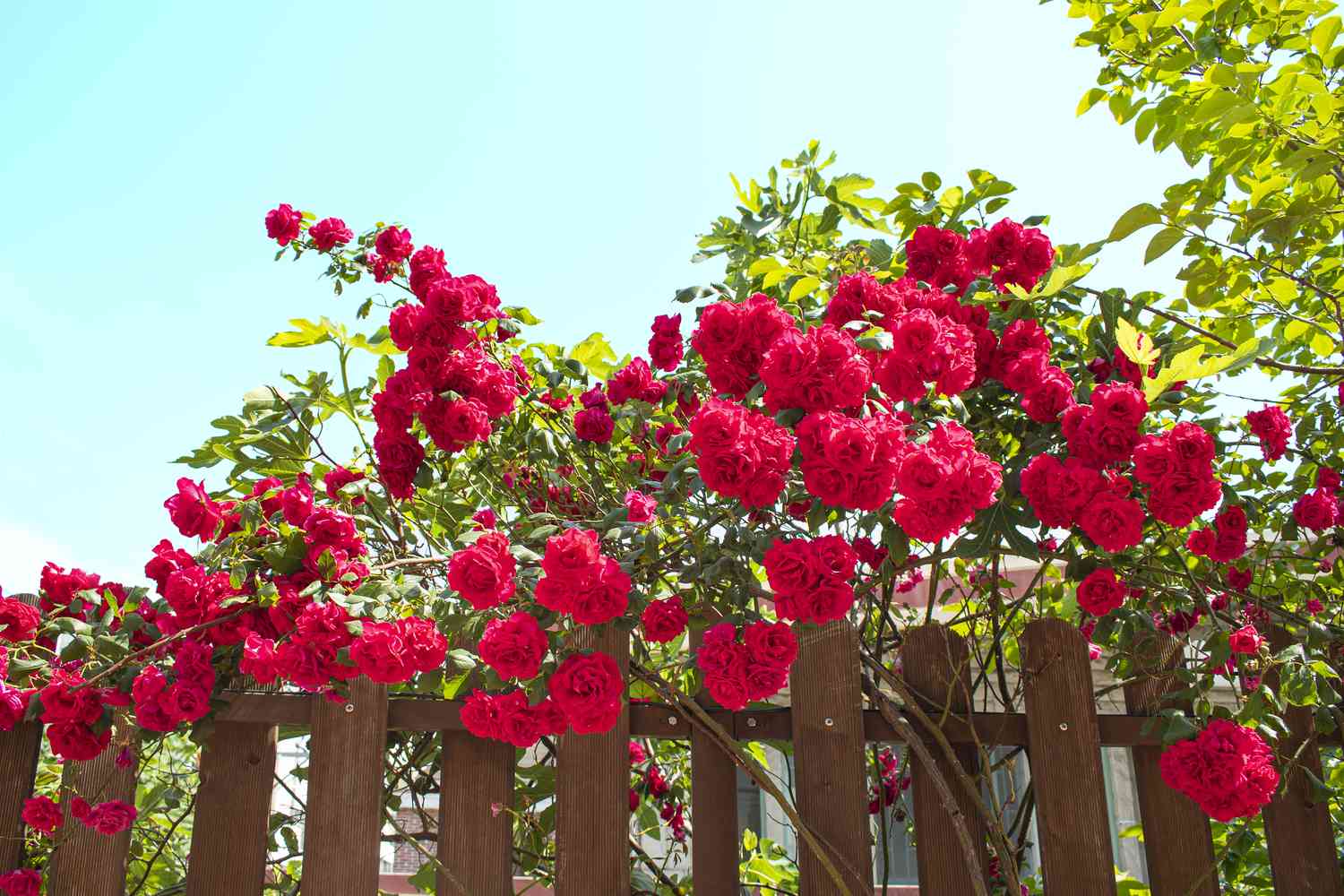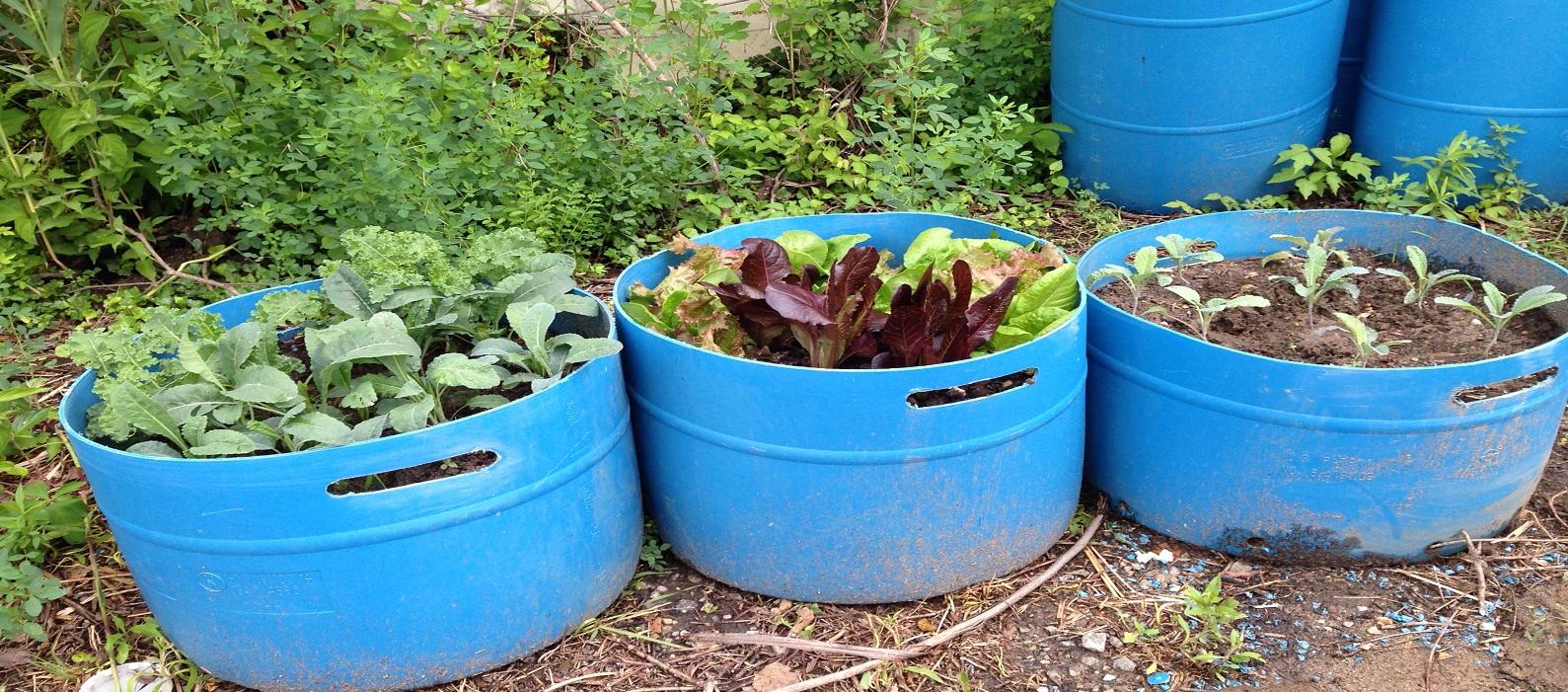The rosebush, a symbol of love, beauty, and passion, has captivated hearts for centuries. Its elegant blooms, in a myriad of colors and fragrances, have inspired poets, artists, and gardeners alike.
A Brief History
Roses have been cultivated for thousands of years, with evidence of their cultivation dating back to ancient civilizations like the Egyptians, Greeks, and Romans. These cultures revered roses for their beauty, fragrance, and medicinal properties. Over time, rose cultivation spread across the globe, leading to the development of countless varieties.
Types of Roses
There are numerous types of roses, each with its own unique characteristics:
- Hybrid Tea Roses: Known for their large, beautiful blooms, hybrid tea roses are popular for cut flowers.
- Floribunda Roses: These roses produce clusters of smaller blooms and are often used in landscaping.
- Grandiflora Roses: A cross between hybrid tea and floribunda roses, grandiflora roses have large, long-stemmed blooms.
- Climbing Roses: These roses are perfect for covering walls, fences, and arbors.
- Shrub Roses: These versatile roses can be used as standalone plants or in mixed borders.
- Old Garden Roses: These heritage roses, such as Damask, Gallica, and Alba roses, are known for their fragrance and historical significance.
Caring for Rosebushes
To ensure healthy and vibrant rosebushes, follow these tips:
- Planting: Plant rosebushes in well-drained soil and a sunny location.
- Watering: Water regularly, especially during dry periods.
- Fertilizing: Fertilize your rosebushes with a balanced fertilizer in spring and summer.
- Pruning: Prune your rosebushes regularly to remove dead or diseased wood and encourage new growth.
- Pest and Disease Control: Monitor your rosebushes for pests like aphids and diseases like black spot. Treat infestations promptly.
By following these simple care tips, you can enjoy the beauty and fragrance of your rosebushes for years to come.



